
In the early 2000s, the island of Montreal underwent a dramatic transformation. The Province of Quebec, under the Parti Québécois, mandated the merger of all cities on the island into a single municipality, forming what many believed to be a cumbersome and unwieldy “mega-city.” This decision was met with substantial resistance from local leaders and residents who foresaw the potential pitfalls of such a merger. Cote Saint-Luc, founded in 1903, and a community known for its strong sense of identity, volunteerism and local governance, was one of the most vocal opponents. This month, we commemorate the 20th anniversary of Cote Saint-Luc’s successful demerger from Montreal, celebrating two decades of self-governance and community empowerment.
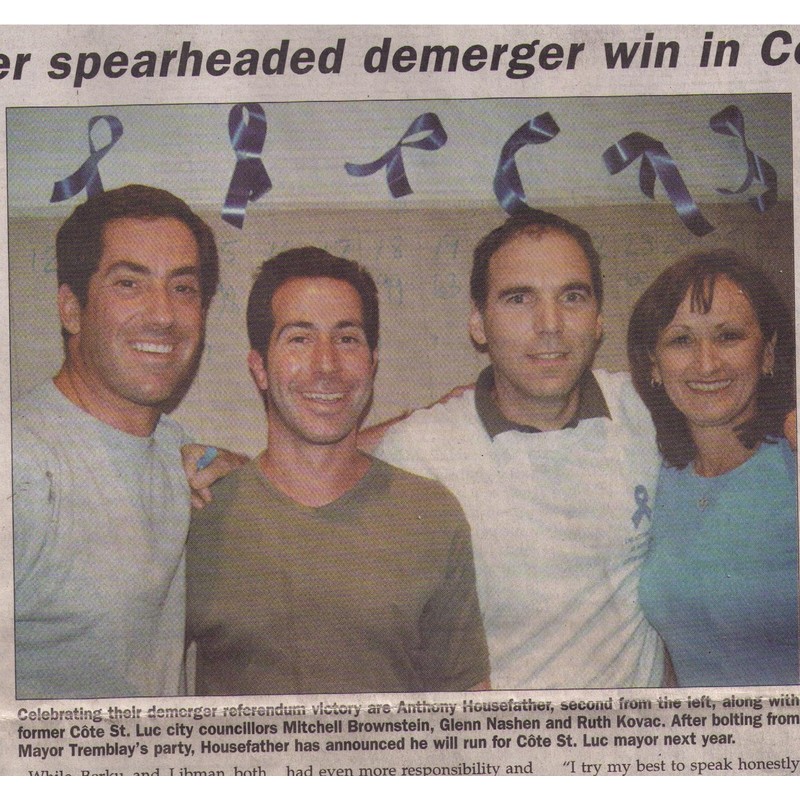
The battle against forced merger
The forced mergers of 2002 were a controversial move, prompting intense debate and mobilization among affected communities. Peter Trent, the then-mayor of Westmount, emerged as a key figure in the anti-merger movement. Trent, alongside other local leaders, highlighted the financial and institutional challenges posed by amalgamating municipalities into a mega-city.
Mayors and councillors and many other leaders stepped up to fight to keep our towns, emphasizing the democratic rights of municipalities and their residents. These efforts, coupled with widespread public dissatisfaction, played a significant role in the Quebec Liberal Party’s victory in the 2003 provincial elections, which eventually led to the partial reversal of the forced mergers.

But the battle to get there was intense. With a highly controversial register requiring a participation rate of 35% in order to be granted the right to hold a referendum on demerging from the mega-city, many towns were doomed to failure.
Cote Saint-Luc’s fight for autonomy
Cote Saint-Luc’s journey towards demerger was spearheaded by a dedicated group of local leaders, the CSL Demerger Committee, comprising Mitchell Brownstein, Ruth Kovac, Anthony Housefather and myself. The four of us campaigned tirelessly to get residents to sign the register and then subsequently to reverse the merger in the referendum. Driven by a commitment to local governance and community welfare, we worked for many months with a dedicated group of volunteers, knocking on thousands of doors, making endless phone calls, distributing flyers, putting up posters, erecting billboards and standing at busy intersections with placards to get the word out and to plead with voters to get out the vote.
The demerger process for Cote Saint-Luc and other cities involved two key steps: the signing of a register to initiate a referendum and the actual demerger referendum vote.
- Register to Initiate the Referendum (May 2004):
- Residents had to sign a register indicating their desire to hold a referendum on the demerger. For the referendum to be called, at least 10% of the eligible voters needed to sign the register.
- In Cote Saint-Luc, the required number of signatures was surpassed (25.8%), indicating strong local support for holding a demerger referendum.
- Demerger Referendum Vote (June 20, 2004):
- The referendum required a majority of voters to vote in favour of demerging from Montreal. Additionally, the total number of votes in favour needed to represent at least 35% of the eligible voters.
- In Cote Saint-Luc, the referendum results were overwhelmingly in favour of demerger. The vote saw 87.4% of the participating voters opting to demerge from Montreal.
The residents of Cote Saint-Luc made their decision and it was an absolute nail-biter to the last moment. We were relentless in trying to coax each and every voter to cast their ballot.
This historic vote marked a new era for Cote Saint-Luc, allowing the community to reclaim control over its affairs and chart its own path forward: We were once again a full member of the regional governance structure, able to pass our own bylaws, collect our own taxes and invest in local programs and services.
Reflecting on two decades of progress
Anthony, Mitchell and I look back and celebrate the success of Cote Saint-Luc’s and neighbouring municipalities’ journey to autonomy. And we know that our dear friend Ruth is smiling from up above on our Blue Ribbon efforts and achievements on behalf of the residents of our city.
The contrast between the promises of the merger and the reality were obvious. In stark contrast to merged boroughs, which depend heavily on the central megacity for budget allocations, Cote Saint-Luc manages a significant majority of its own budget, ensuring greater financial stability and accountability.
Our services returned to top quality. We often joke that in Cote Saint-Luc our Public Works Department catches the snow before it hits the ground.
What’s more, we succeeded in saving our beloved CSL Emergency Medical Services (EMS) first responder services. This all volunteer life-saving service was created in 1991, one year after Ruth, Mitchell and I were first elected. This unparalleled service remains one of the crowning achievements of my 25-year political run.
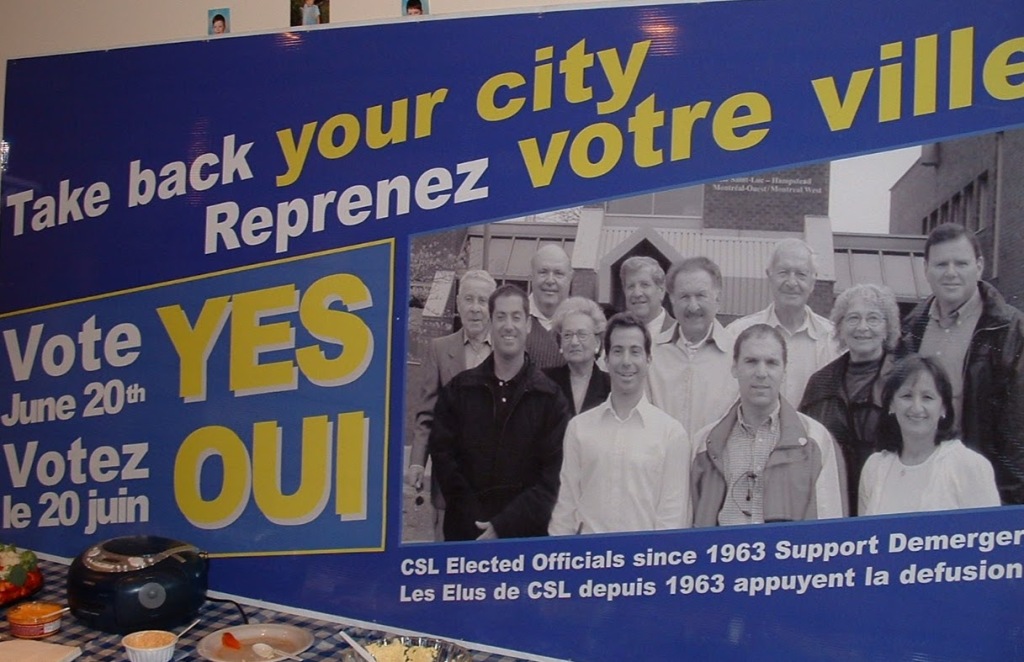
Anthony was elected mayor of the newly demerged municipality and Ruth, Mitchell and I returned to council for our fourth term in office. Together, with our fellow council members, we formed a solid team, ready to take on new challenges and plan exciting new features for our city (like creation of the volunteer Citizens on Patrol program, building the Aquatic and Community Centre, creation of the CSL Dramatic Society and so much more).
Anthony says, “There was no decision that I have made in politics that was more consequential than being the only elected official in the Borough of Cote Saint-Luc/Hampstead/Montreal West to support demerger. I believed then, and history has proven, that taking back our cities was the best decision we could make. I worked incredibly hard, day and night, with Glenn, Mitchell, Ruth and so many others across our three communities to make this happen and every time I see the flags of Cote Saint-Luc, Hampstead and Montreal West flying proudly outside their city halls, I smile.”
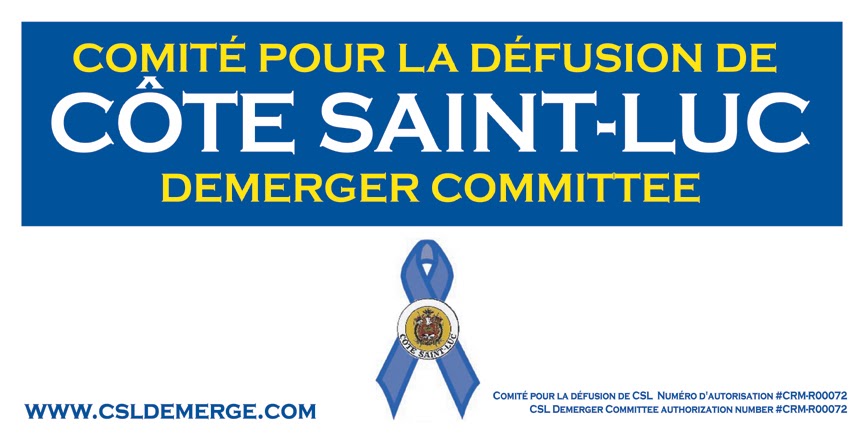
Looking Ahead
As we celebrate the 20th anniversary of Cote Saint-Luc’s demerger, it is important to acknowledge the resilience and determination of its residents and the spirit of community and volunteerism. The journey from forced merger to autonomy is a testament to the power of community and the importance of local control.
Cote Saint-Luc’s experience serves as a compelling case study for cities facing similar challenges. It underscores the value of local autonomy and the need for democratic processes in municipal governance.
Hats off to my friends Anthony and Mitchell, both continuing to make important contributions in civic life, and a heartfelt salute to my dear departed partner in all things public safety oriented, Ruth. She is missed and always remembered for her many contributions in public life.
We knew that larger was not necessarily better. Smaller, in the end, proved to be more efficient with better quality of local services to residents. The closer to the people and the more accessible that elected officials are to the citizens, the better the outcomes.
Cote Saint-Luc is a great city with excellent services and programmes, an approachable city administration and responsible management of finances, in large part thanks to the decision of our residents to demerge 20 years ago.

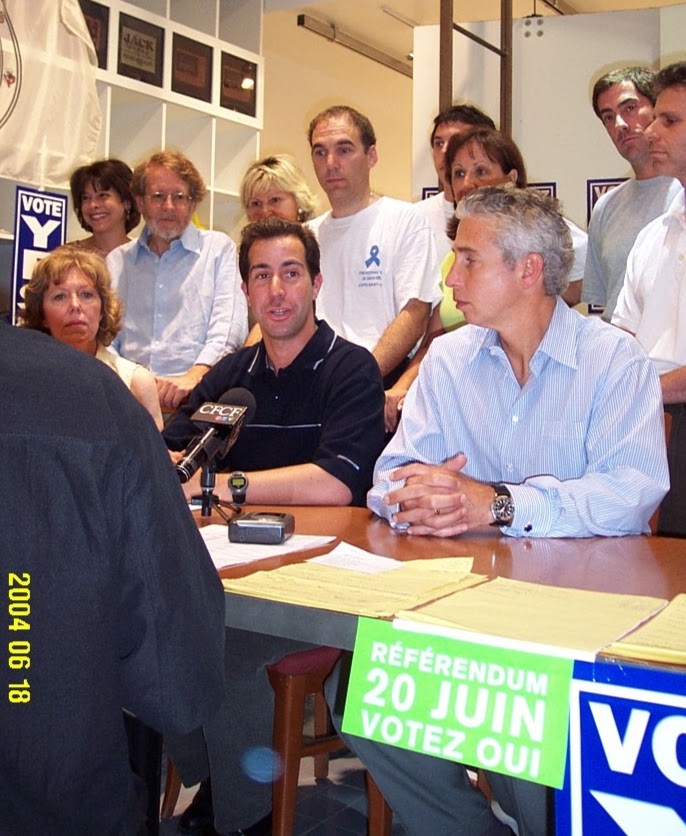
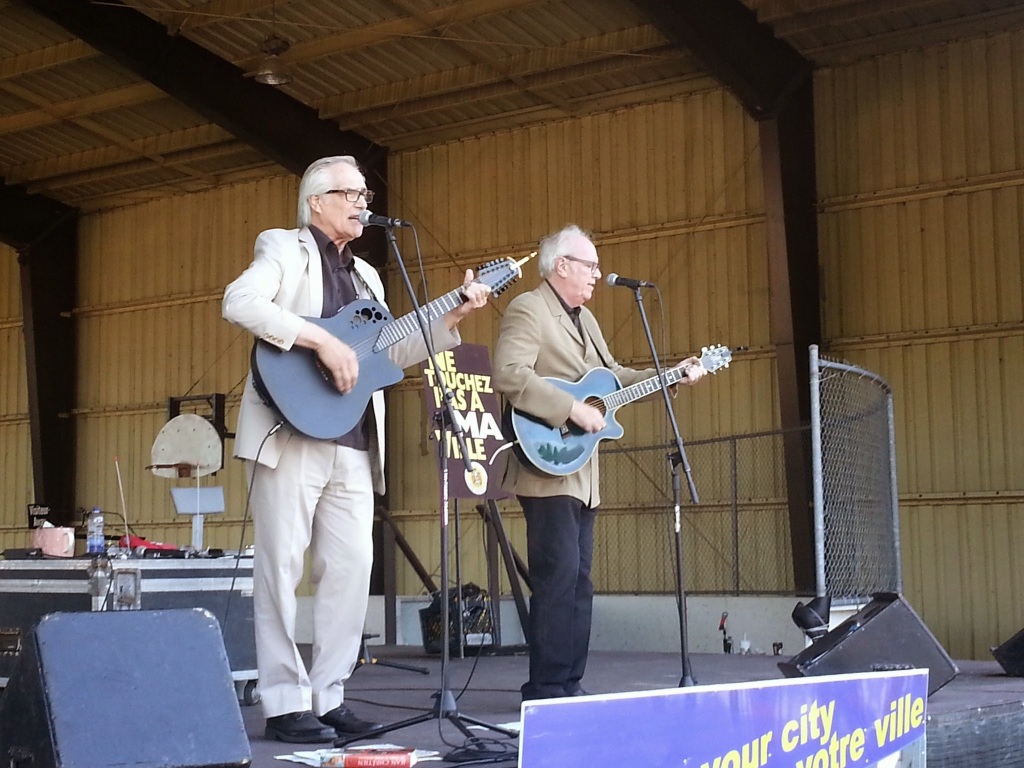

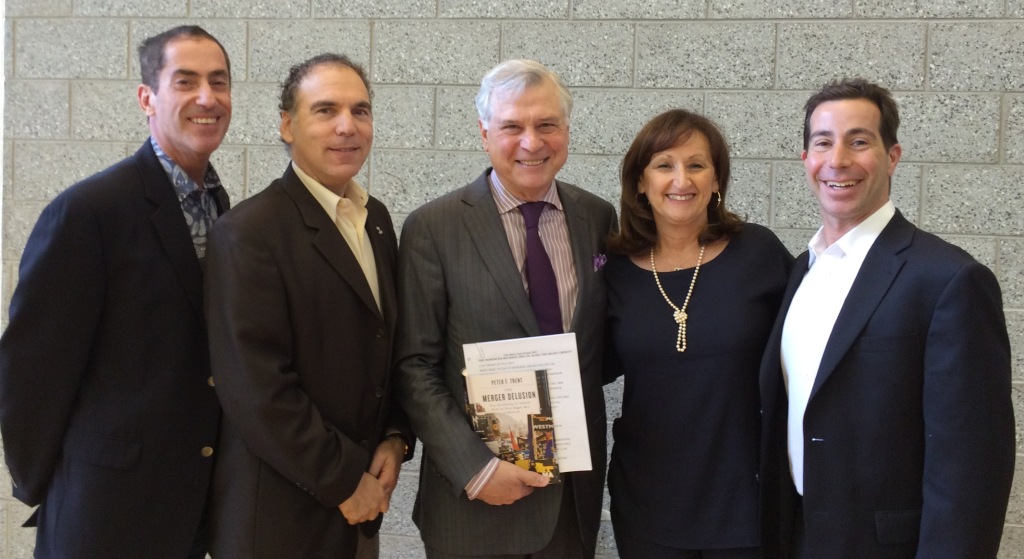
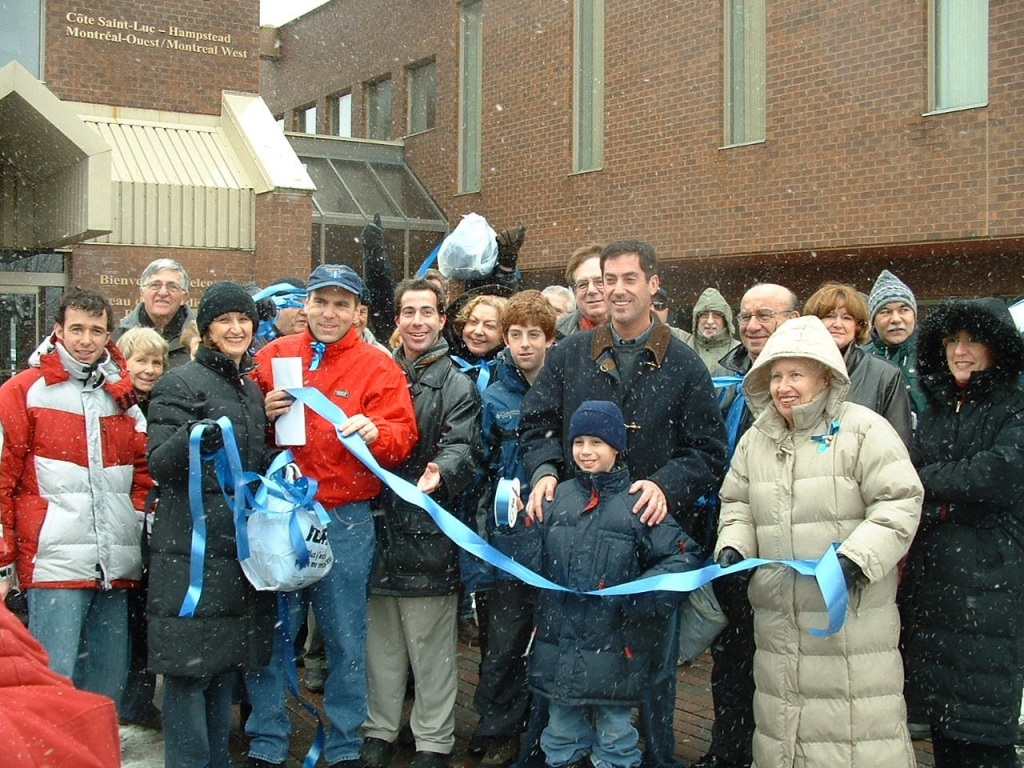
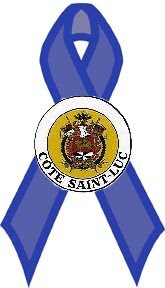
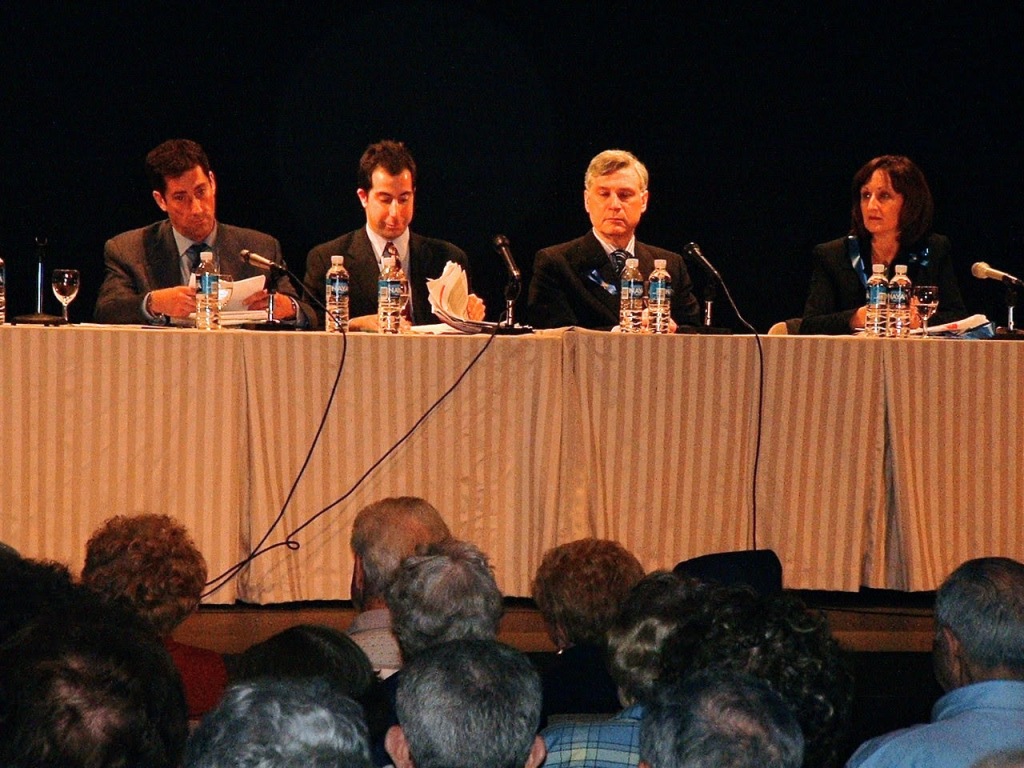
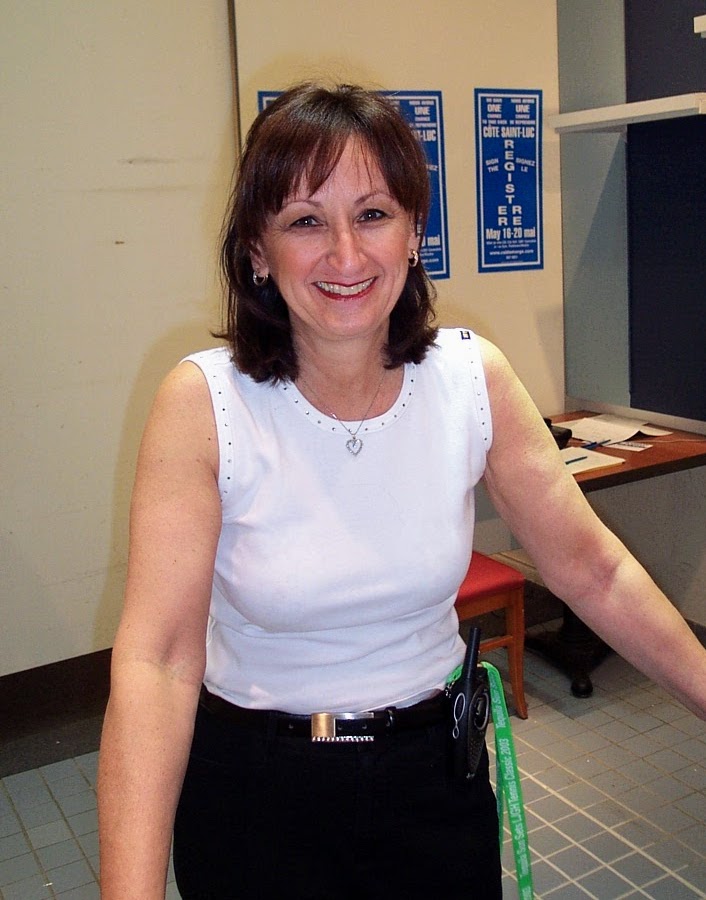
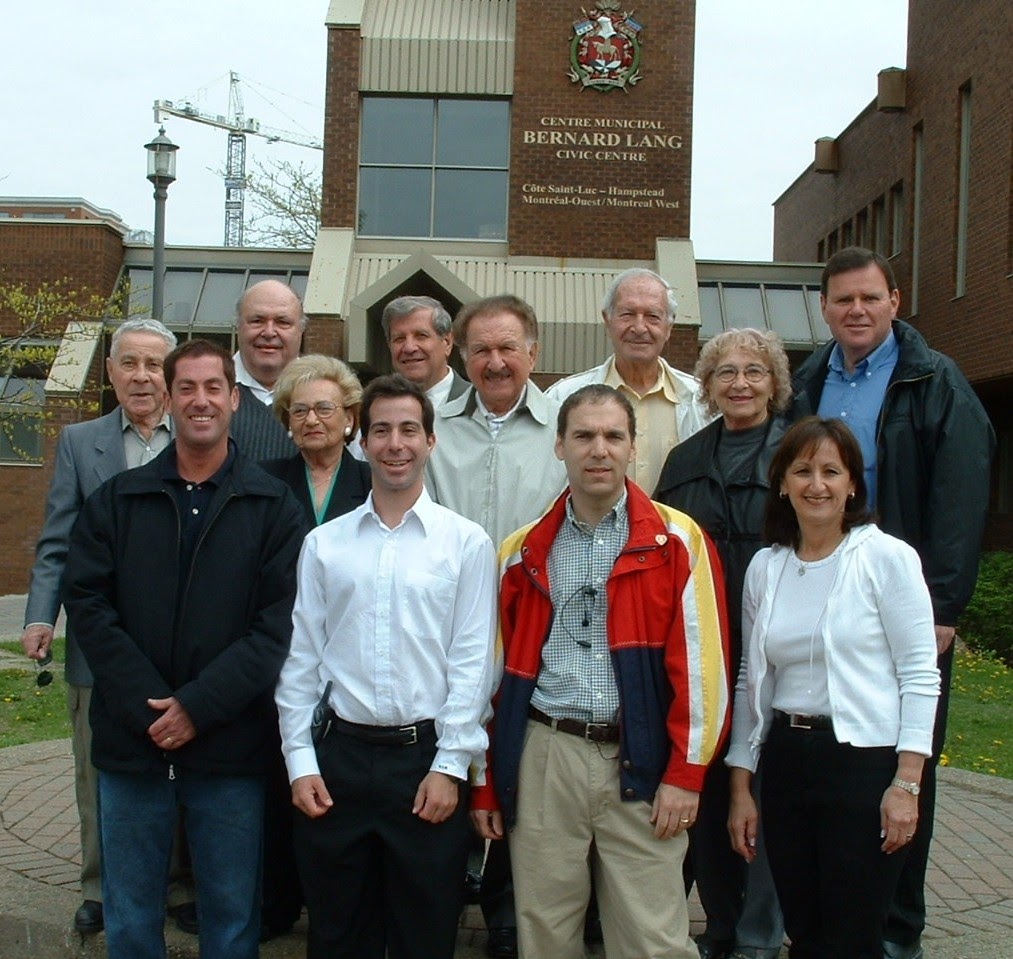

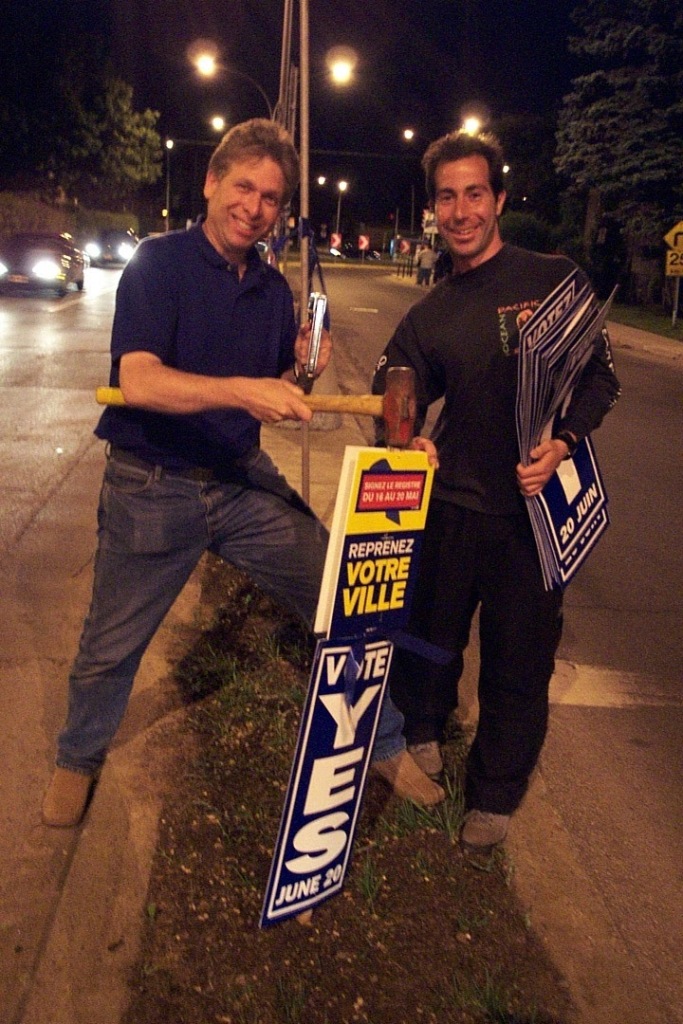
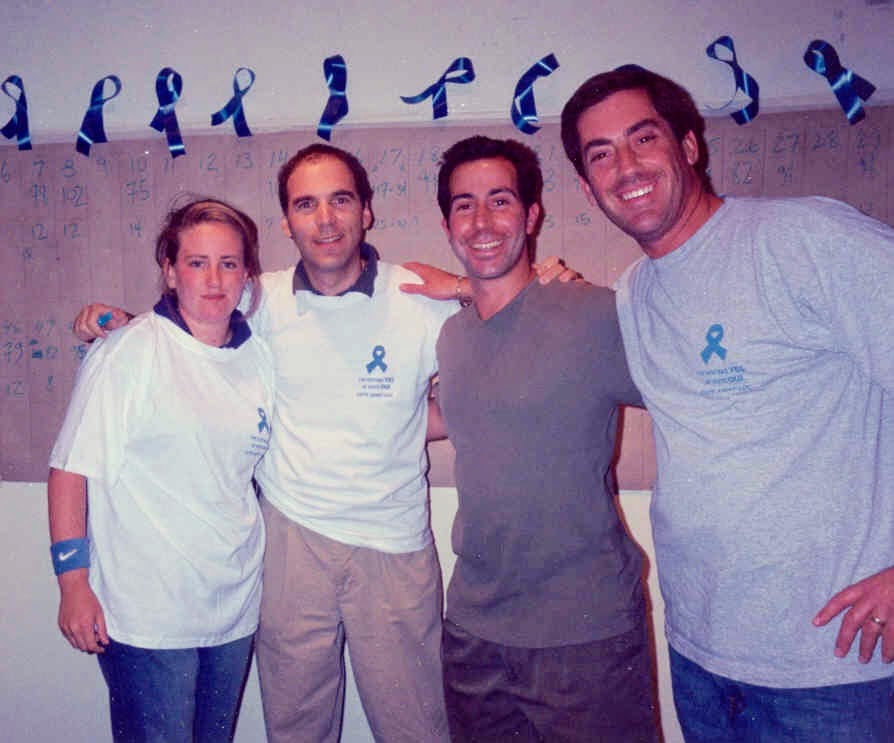
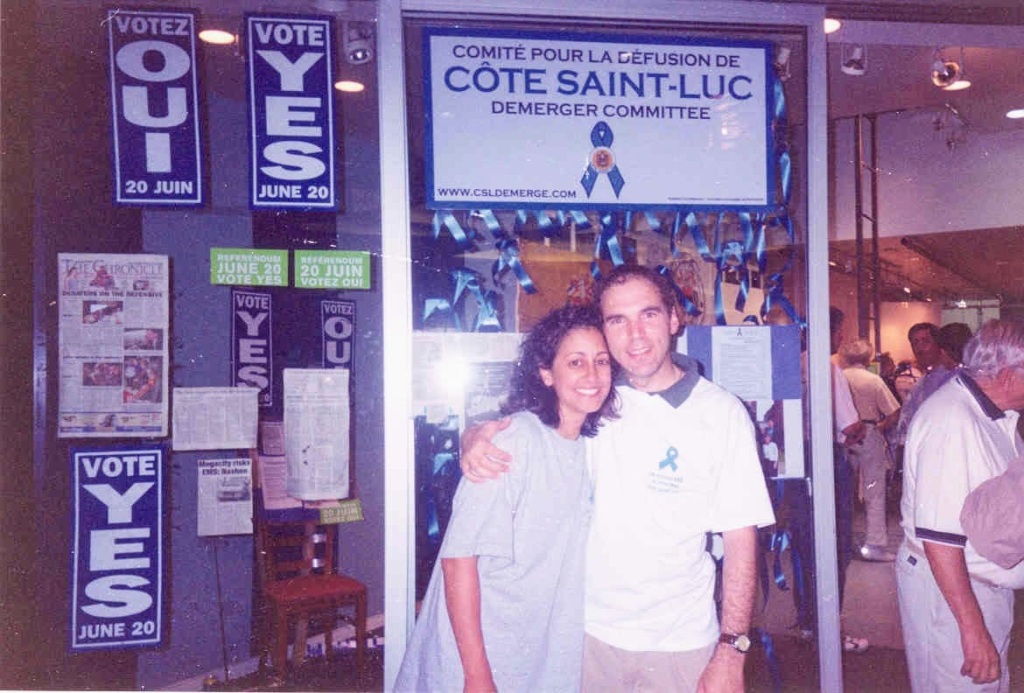
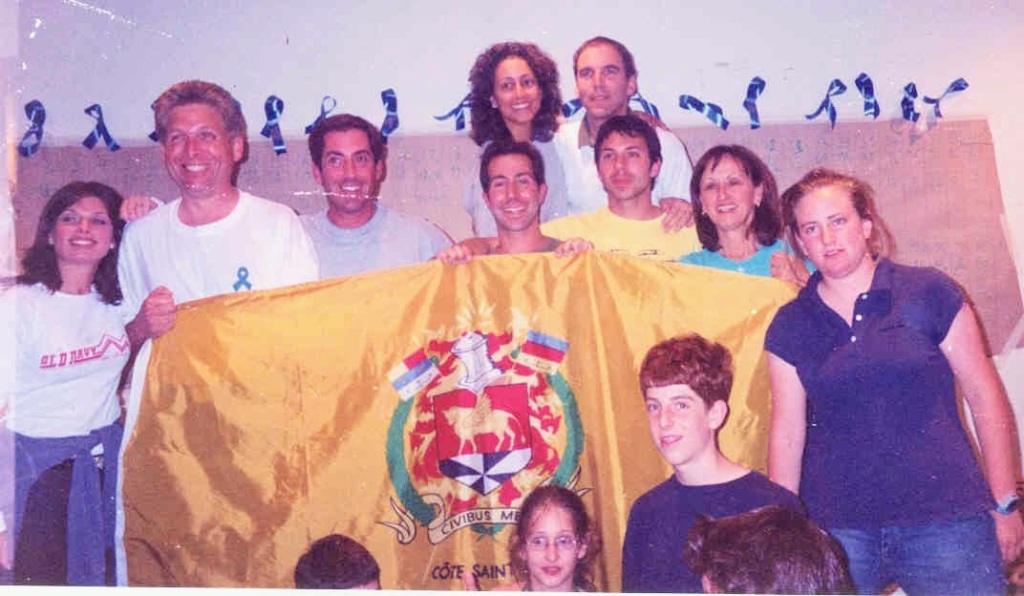


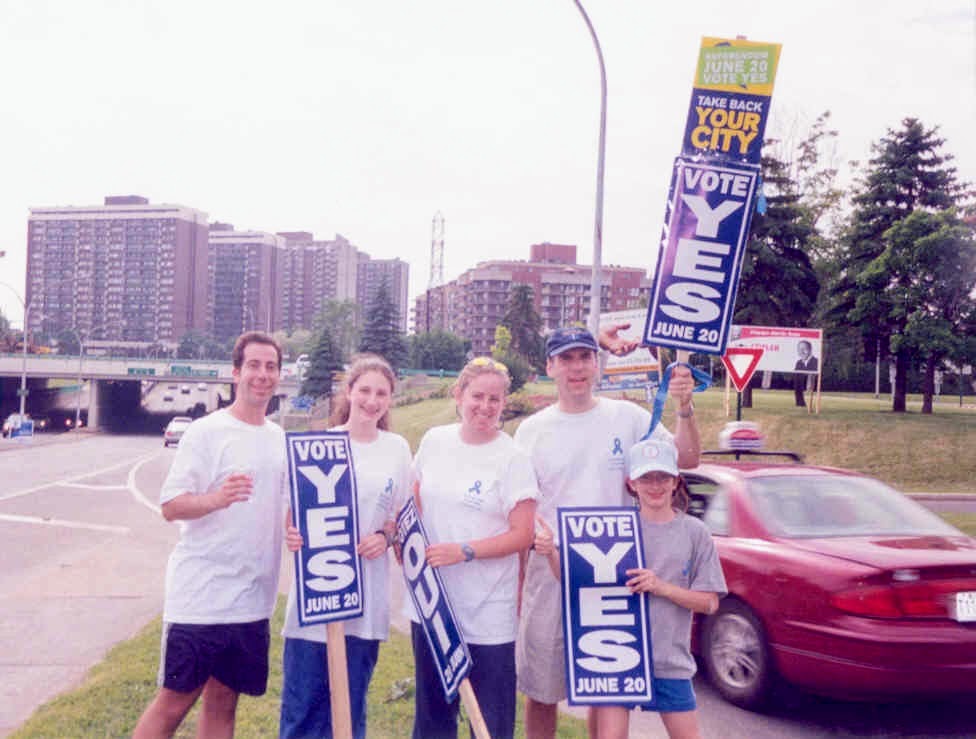
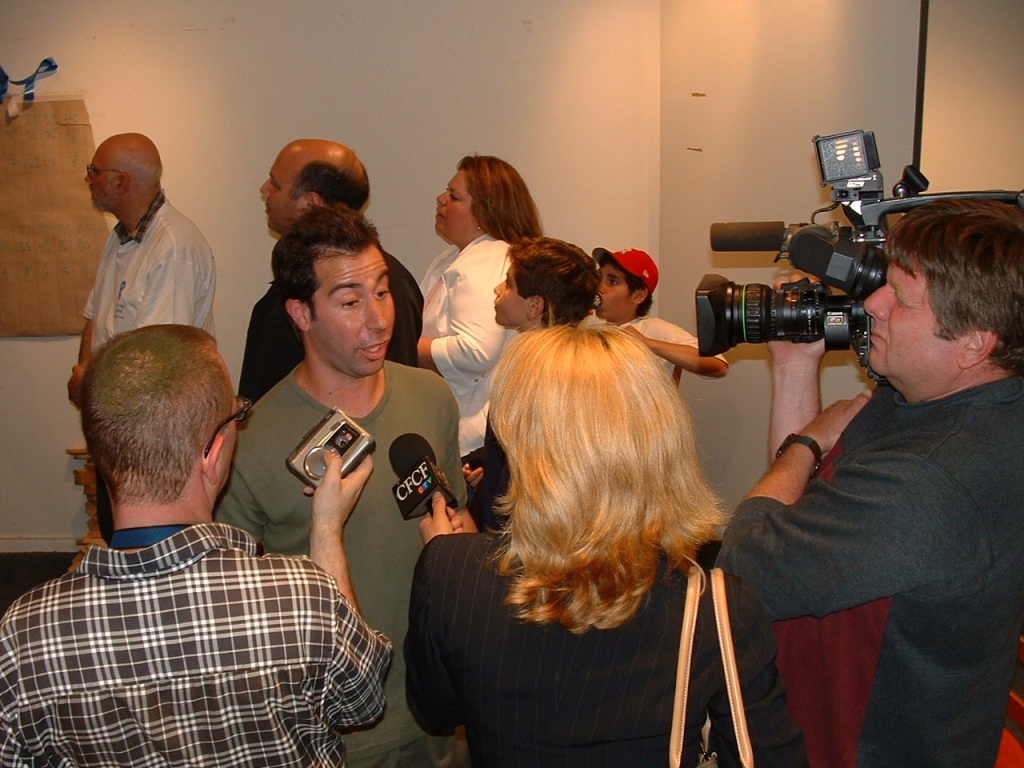
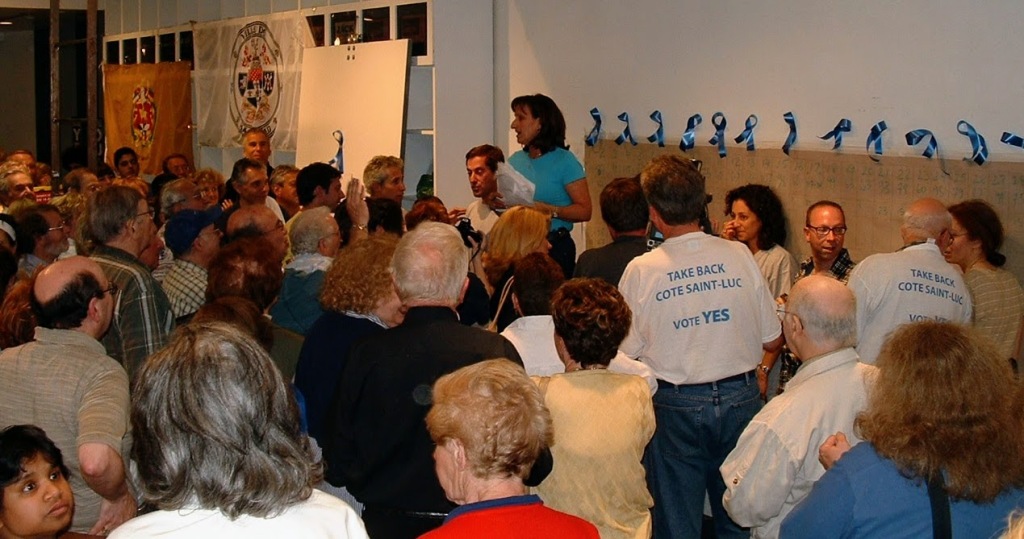
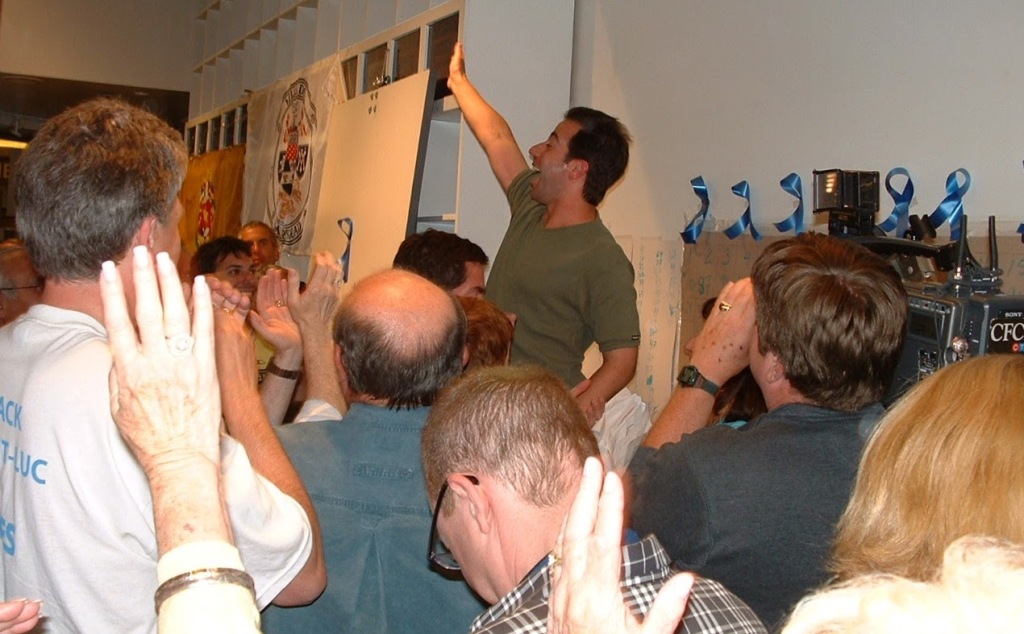
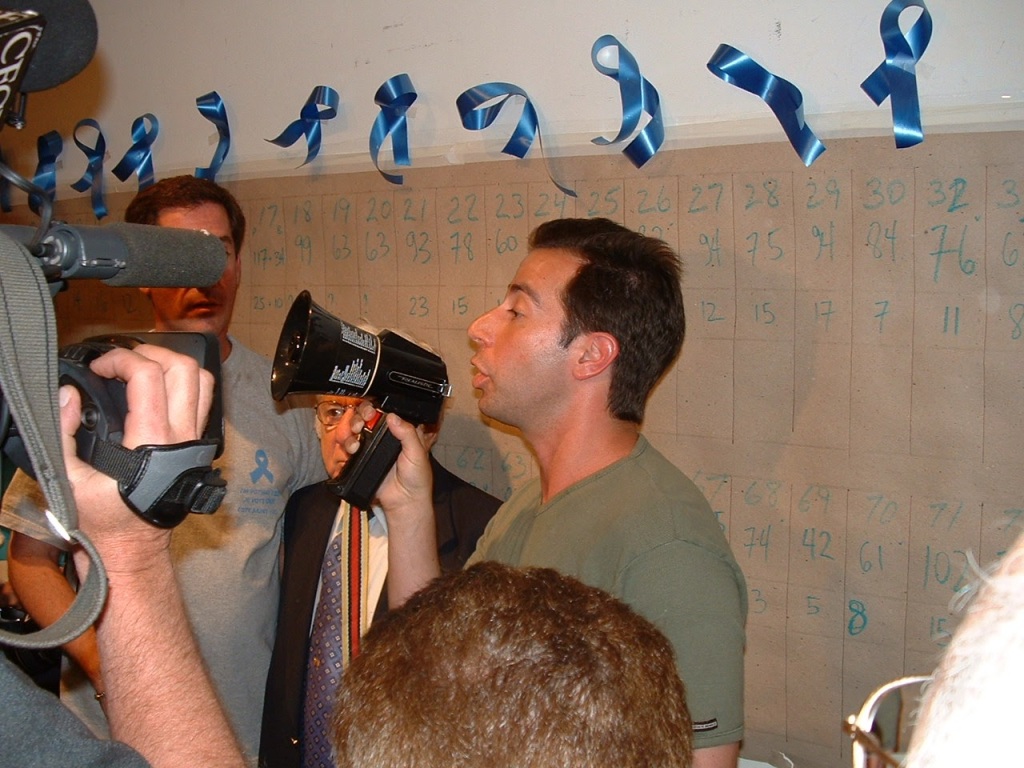
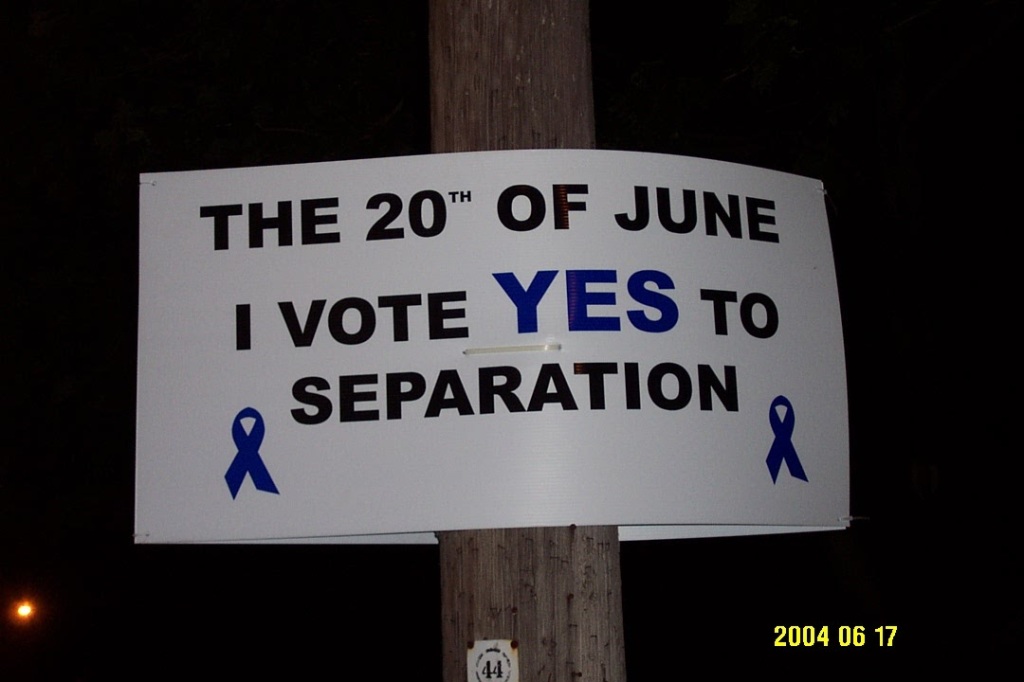
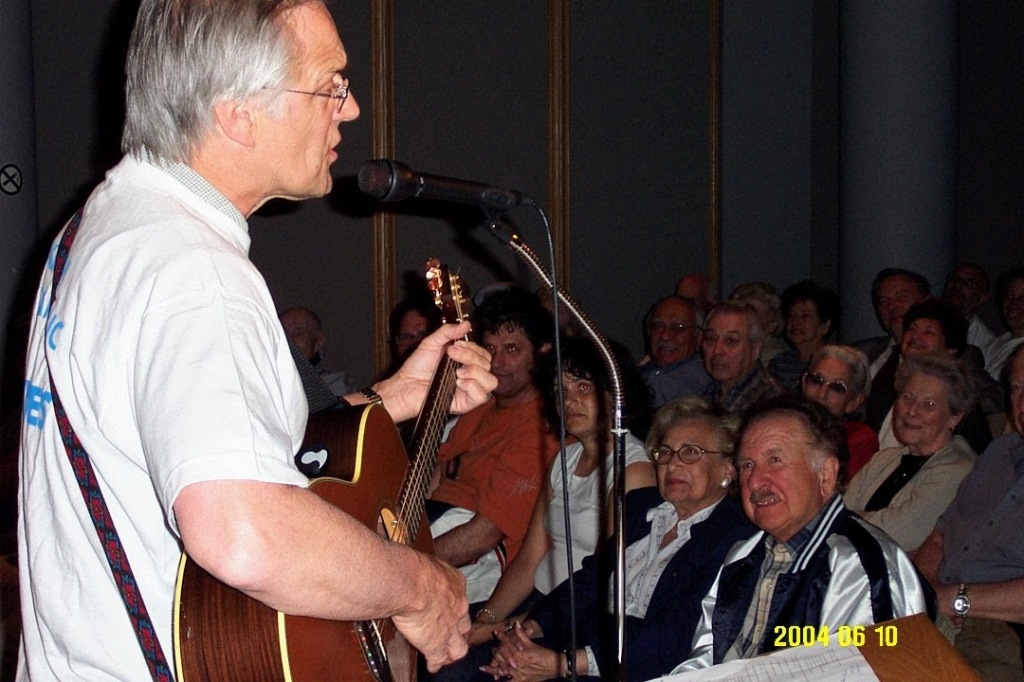
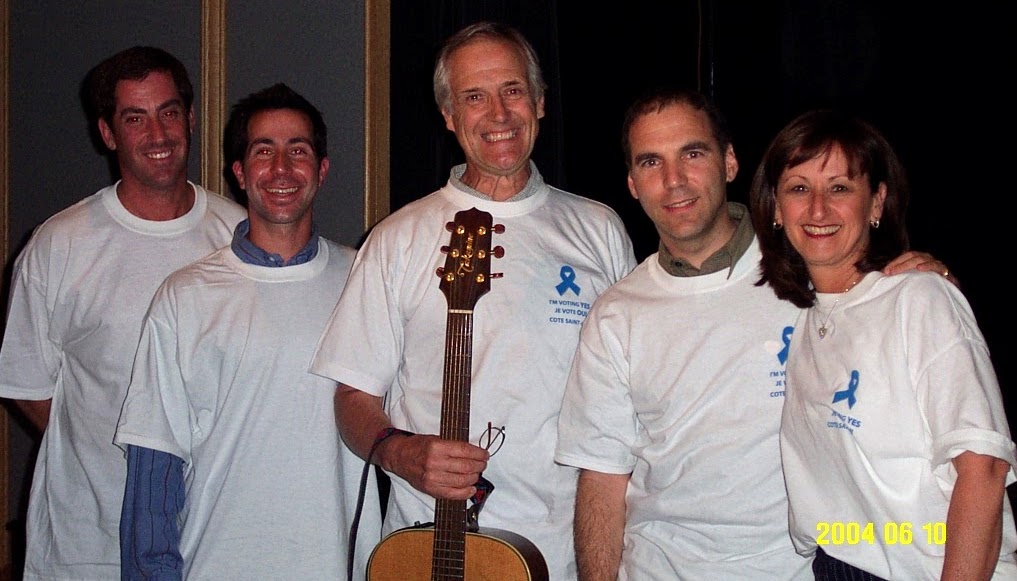




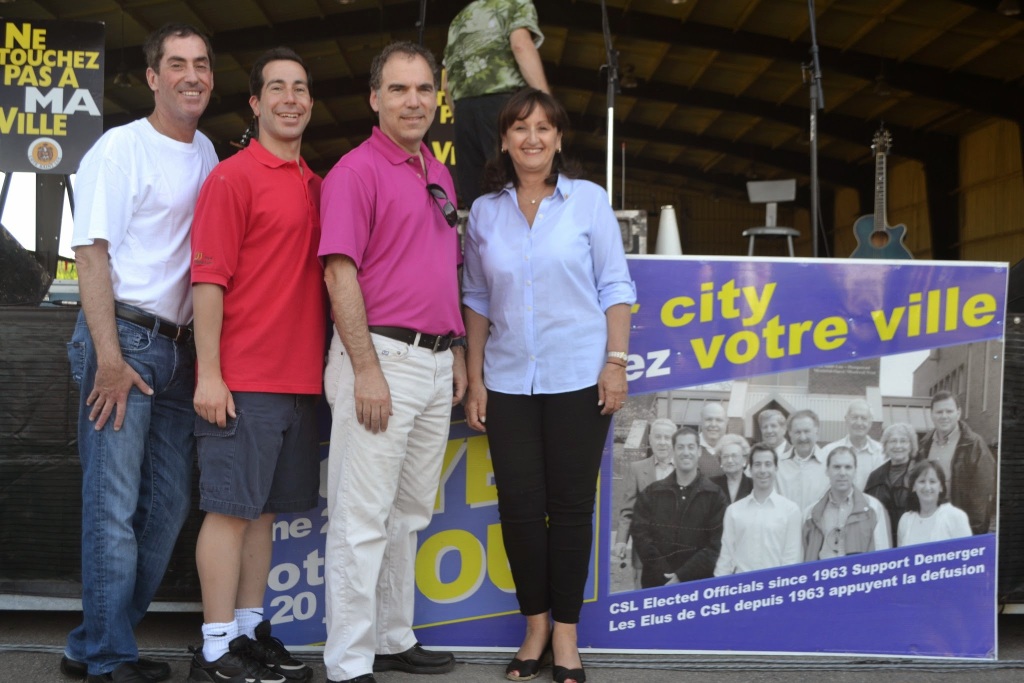
Leave a comment